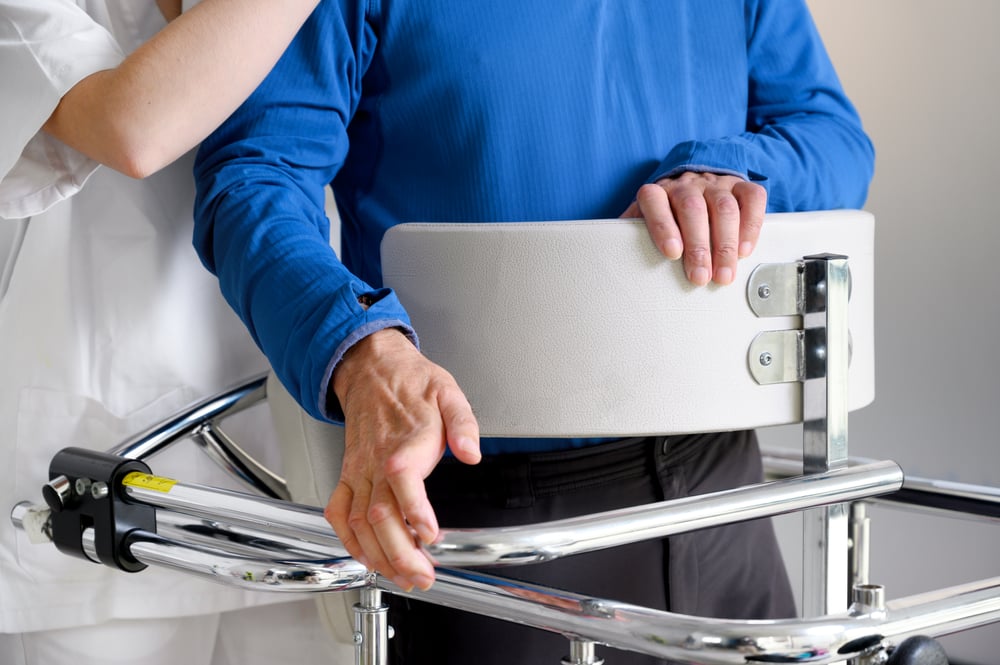The U.S. Food and Drug Administration (FDA) has approved Biogen’s QALSODY (tofersen) 100 mg/15mL injection for the treatment of amyotrophic lateral sclerosis (ALS) in adults who have a mutation in the superoxide dismutase 1 (SOD1) gene.
This indication is approved under accelerated approval based on reduction in plasma neurofilament light chain (NfL) observed in patients treated with QALSODY. Continued approval for this indication may be contingent upon verification of clinical benefit in confirmatory trial(s).The ongoing phase 3 ATLAS study of tofersen in people with presymptomatic SOD1-ALS will serve as the confirmatory trial.
Neurofilaments are proteins that are released from neurons when they are damaged, making them a marker of neurodegeneration.
“For more than a decade, Biogen has been steadfast in our commitment to pursuing treatments for ALS, and I want to thank the scientists as well as the entire ALS community who have all worked tirelessly to bring this first-of-its-kind treatment to people with SOD1-ALS,” said Christopher A. Viehbacher, president and chief executive officer of Biogen.
“Today also marks a pivotal moment in ALS research as we gained, for the first time, consensus that neurofilament can be used as a surrogate marker reasonably likely to predict clinical benefit in SOD1-ALS. We believe this important scientific advancement will further accelerate innovative drug development for ALS.”
Biogen’s QALSODY: First approved treatment
QALSODY is the first approved treatment to target a genetic cause of ALS. Biogen collaborated with Ionis Pharmaceuticals on the early development of tofersen.
“Since SOD1 mutations were first identified as a cause of ALS 30 years ago, the familial ALS community has been searching for genetically targeted treatments. QALSODY offers families who have lost generation after generation in the prime of their life to this devastating disease, a therapy targeting the underlying cause of SOD1-ALS. Today marks an important moment in ALS research as QALSODY is the first ALS treatment approved based on a biomarker,” said Jean Swidler, chair of Genetic ALS & FTD: End the Legacy.
“We are excited to see what future therapies are developed, now that it is understood that lowering levels of neurofilament provides important evidence that a treatment is affecting the neurodegenerative process.”
QALSODY trial results
The efficacy of QALSODY was assessed in a 28-week randomized, double-blind, placebo-controlled clinical study in patients 23 to 78 years of age, with weakness attributable to ALS and a SOD1 mutation confirmed by a central laboratory.
Over 28 weeks in VALOR, participants in the primary analysis population treated with QALSODY experienced less decline from baseline as measured by the revised amyotrophic lateral sclerosis functional rating scale (ALSFRS-R) compared to placebo, though the results were not statistically significant. In the overall intent-to-treat population, QALSODY-treated participants experienced a 55% reduction in plasma NfL compared to a 12% increase in placebo-treated participants.
Additionally, levels of CSF SOD1 protein, an indirect measure of target engagement, were reduced by 35% in the QALSODY-treated group compared to 2% in the corresponding placebo group.
The approval of QALSODY was supported by 12-month integrated results from VALOR and its OLE comparing earlier initiation of tofersen (at the start of VALOR) to delayed initiation of tofersen (six months later, in the OLE), which were published in The New England Journal of Medicine.
“I have observed the positive impact QALSODY has on slowing the progression of ALS in people with SOD1 mutations,” said Timothy M. Miller, principal investigator of the QALSODY clinical trials and co-director of the ALS Center at Washington University School of Medicine in St. Louis.
“The FDA’s approval of QALSODY gives me hope that people living with this rare form of ALS could experience a reduction in decline in strength, clinical function, and respiratory function.”
QALSODY will be made available for shipment in the U.S. to healthcare providers in approximately one week. Biogen anticipates there may be variation in time to treatment as institutions and treatment centers learn about QALSODY.
About Biogen’s QALSODY
QALSODY (tofersen) is a prescription medicine used to treat amyotrophic lateral sclerosis in adults who have a mutation in the superoxide dismutase 1 (SOD1) gene. This indication is approved under accelerated approval based on reduction in plasma neurofilament light chain (NfL) observed in patients treated with QALSODY.
It is an antisense oligonucleotide (ASO) designed to bind to SOD1 mRNA to reduce SOD1 protein production.
Biogen licensed tofersen from Ionis Pharmaceuticals, Inc. under a collaborative development and license agreement. Tofersen was discovered by Ionis.
About amyotrophic lateral sclerosis and SOD1-ALS
Amyotrophic lateral sclerosis is a rare, progressive and fatal neurodegenerative disease that results in the loss of motor neurons in the brain and the spinal cord that are responsible for controlling voluntary muscle movement. People with ALS experience muscle weakness and atrophy, causing them to lose independence as they steadily lose the ability to move, speak, eat, and eventually breathe. Average life expectancy for people with ALS is three to five years from time of symptom onset.
Multiple genes have been implicated in ALS. Genetic testing helps determine if a person’s ALS is associated with a genetic mutation, even in individuals without a known family history of the disease. SOD1-ALS is diagnosed in approximately 2% of all ALS cases, with about 330 people in the U.S. living with the disease. More than 15% of people with ALS are thought to have a genetic form of the disease; however, they may not have a known family history of the disease.
Other developments
Other companies are also making headway in the fight against ALS. Last year, the FDA approved Cellenkos’ ALS drug for trial. Japanese researchers identified a genetic variant causing ALS in some patients, and BrainEver and 3P Biopharmaceuticals also announced in 2022, that they are developing a drug with hopes to cure ALS.

